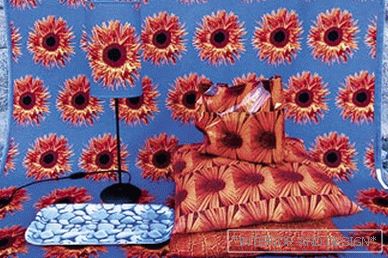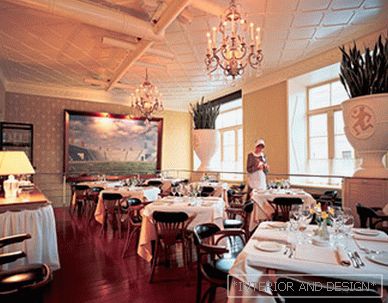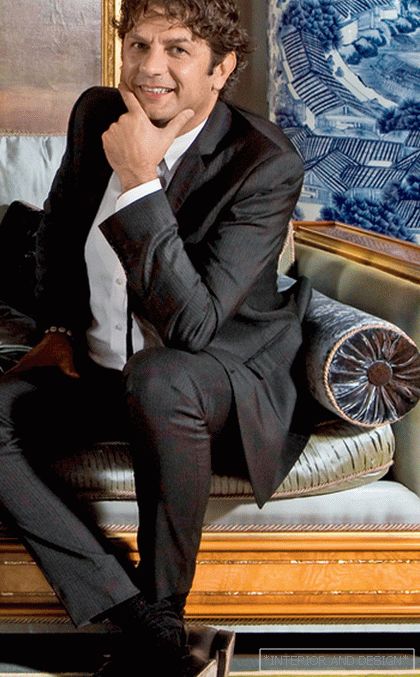Immersion in the structure of "smart home"
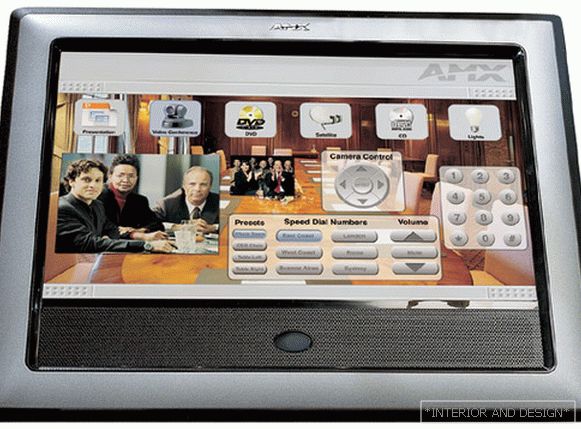
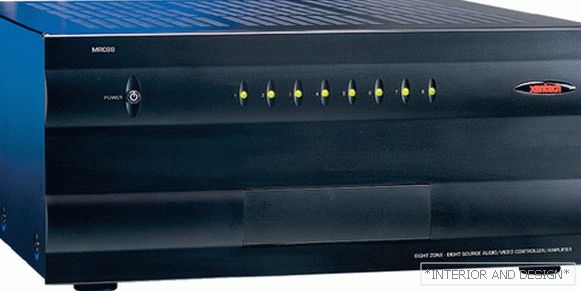
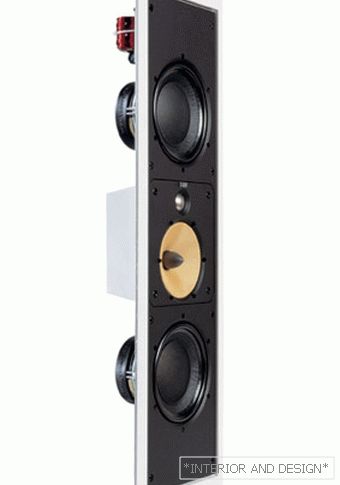
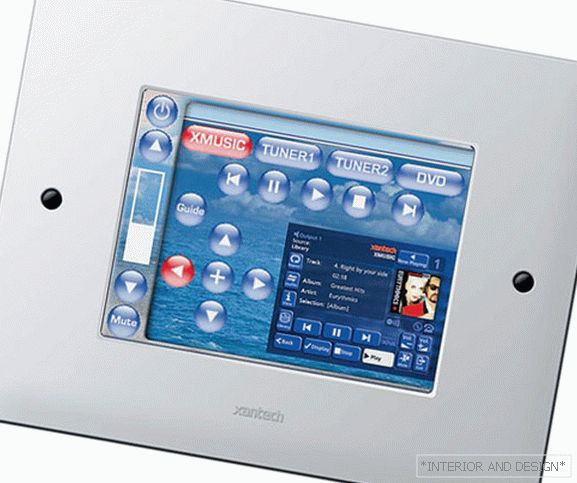
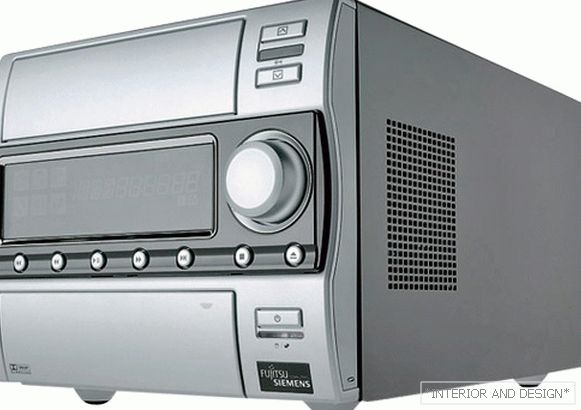
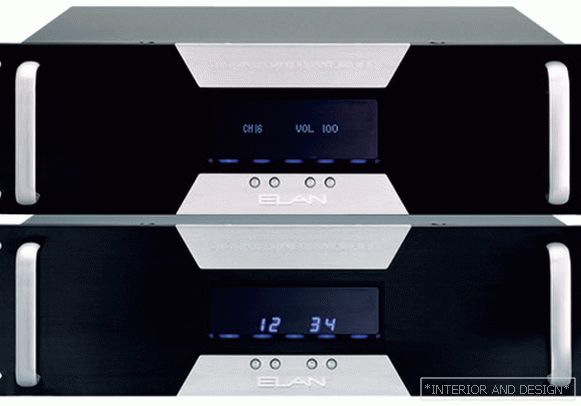
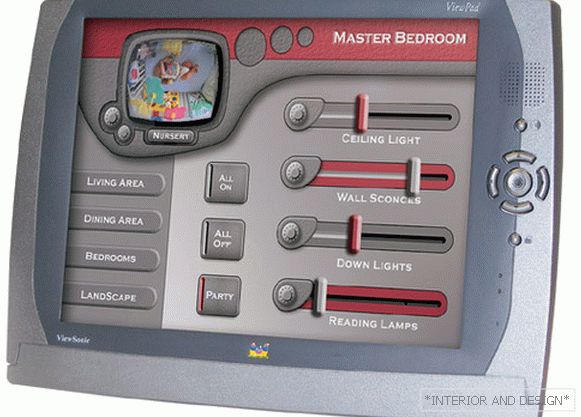 Passing the gallery
Passing the gallery Text: Ivan Vnuchkin
Magazine: Technolania N5 (105) 2006
It is believed that the "smart home" is a modern phenomenon, but some elements of this concept have existed for decades. Components for multi-zone audio systems, for example, have been produced since the 70s of the last century! Many of you have probably used video recorders with the function of recording TV programs on a timer in your absence. But this is also a "smart home"! At the same time, hardly anyone will remember when the first garage door with a remote control or the first automatic fire alarm appeared. The merit of modernity is not in the presence of individual elements, but in their system integration. The bricks of the future "smart home" bred and multiplied until it came to someone's bright mind to combine all these disparate elements into a single whole. Today, the work of such an "intellectual house" is not conceivable without the precise work of all possible automatic systems (security, lighting, heating, etc.) within a single network.
In theory, the picture is amazing, but the smart house is not a TV in the storefront, and you cannot just take it and take it to the cashier. Creating a "smart home" is a painstaking collaboration of designers and engineers. And if you multiply this by the richest choice of equipment, you get an unimaginable number of combinations. You need a specific, your combination.
It is important for the client to clearly imagine what he wants - this is where the greatest difficulties arise. However, there is a recipe: really successful “smart home” can only be recognized if the user doesn’t see the underwater part of the iceberg - countless sensors, signal distributors, service panels, cable structures, etc. In this case, the so-called user interface of the system should be as “friendly” as possible. This is not a pun, but the result of trial and sometimes heavy mistakes. In the West, the first too complicated systems of this kind simply did not take root: figuratively speaking, in order to fry eggs, "happy" smarthouse tenants needed to perform such a lot of operations that ... it was easier to put the pan on the stove and do the whole process manually ...
Simultaneously with simplicity, the control must be flexible - we recall that the number of possible configurations tends to infinity. The flexibility is provided by programmable control panels - from simple, push-button, to expensive, with touch-sensitive LCD displays. In addition, it is possible to control the equipment from a laptop, PDA or even a mobile phone. A set of commands on such a panel (for example, the type of touch screen) is programmed by the installer to order - to control a specific set of home appliances. The greatest opportunities and convenience provide, of course, touch panels. In our market today are widely represented interface elements of the brands ELAN, CRESTRON, AMX, VANTAGE CONTROLS and XANTECH. Which one to choose is no longer your concern; it is the concern of a qualified installer. Only specialists can understand all the intricacies, let us say that the technology of one or the other companies takes the lead with varying success.
The first immersion in the structure of the “smart home” raises many questions, the main of which is: are there limits to the possibilities of integration? With the current level of technology such boundaries, perhaps, and not - you can realize all the wishes of the owner. You can teach the system to "feel" through a whole range of various sensors (optical, acoustic, temperature, humidity, presence). For example, you sit in a chair - a volume sensor is triggered by launching a plasma panel. It is possible to force the system to control various devices depending on a given program or user actions. I turned on the lights in the hallway - the lights in the living room and on the stairs turned on right away, coffee began to boil ... Example - a projector with a trigger output is connected by cable to a motorized screen. Turning on the projector, you automatically start the screen motor, which begins to unwind the canvas.
In addition, a number of components are already quite developed, born of the very idea of a “smart” electronic environment. As an example, the so-called media servers are the repositories of music and video. Usually people are interested in how many albums or DVDs such a server can store. The answer depends on the size of the built-in hard disk (hard drive, hard drive). So, MAX AMX family models are capable of storing from 25 to 750 DVDs, and ELAN VIA media server! A dj with a 160 GB hard drive is ready to copy a huge collection of music CDs at lightning speeds (the ceiling is 2800 hours of recording). There are solutions based on the operating system Windows XP Media Center, which are computers with a special configuration. To make the connection between the signal source and the user as flexible as possible, AV controllers and service signal distributors are used. Let's give a simple example. The user is in one room, the DVD player is in another. In order for a user to watch a movie from this player in his room, an AV controller is required - a device that, according to a given program, distributes the signal from one or more sources to all consumers. So far, everything is simple. Difficulties arise when the task appears not only to view the signal from this source, but also to control its playback. For this are the so-called distributors of service signals - for example, infrared or radio frequency. There are thousands of devices of this type on the market, ranging from specialized controllers to AV receivers with support for multi-zone (multi-room) home installations.
Если управляющие панели можно считать входным интерфейсом "умного дома", то выходные - это те устройства, которыми система манипулирует. Как правило, такие вещи тоже стараются встраивать в интерьер. Например, благодаря этой идее появилась встраиваемая акустика. Традиционные колонки занимают место и требуют открытую подводку акустического кабеля, а так называемая "встройка" располагается в фальшпотолках и гипсокартонных стенах. В результате звук рождается как бы из ниоткуда. Волшебно? Ничуть. Сейчас практически все производители освоили выпуск встраиваемой акустики, и выбор стал необъятен - от крохотных широкополосных динамиков до трехполосных панелей и даже гигантских сабвуферов. Например, ряды "встройки" B&W насчитывают уже не один десяток моделей. Однако следует иметь в виду, что встраиваемая акустика - это компромисс, и заменить полноценные колонки она может лишь в ограниченном числе случаев. Впрочем, ничто не мешает использовать в "умном доме" и обычные АС.
If you live in a country cottage, then it makes sense to “reason” not only the house, but also the lawn in front of it: the corresponding components are produced in a moisture-proof and dust-proof design. For the sound of the territory, you can use speakers disguised as cobblestones ("landscape" acoustics) or outdoor speaker systems of the Outdoor category, which are now being produced by many manufacturers. To control such a "smart fire

